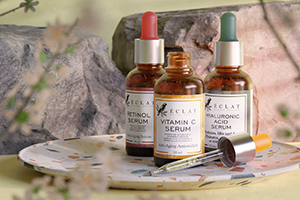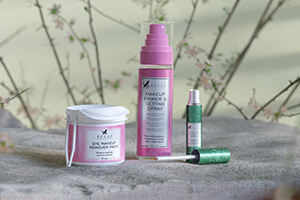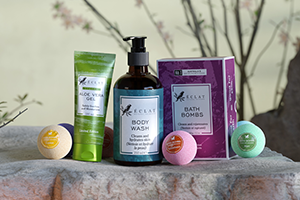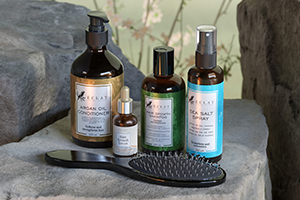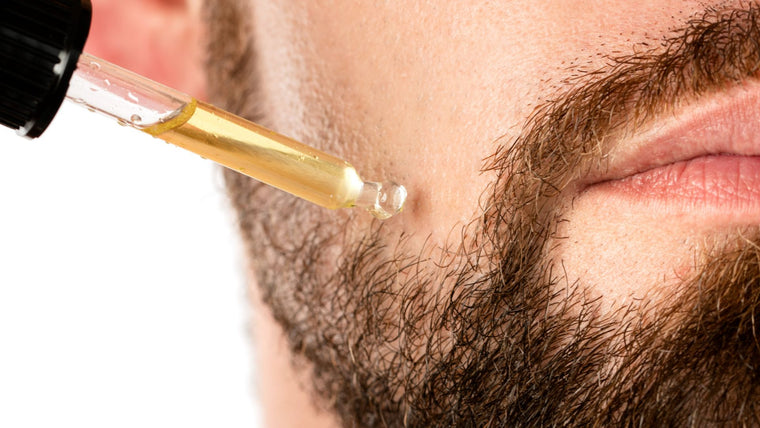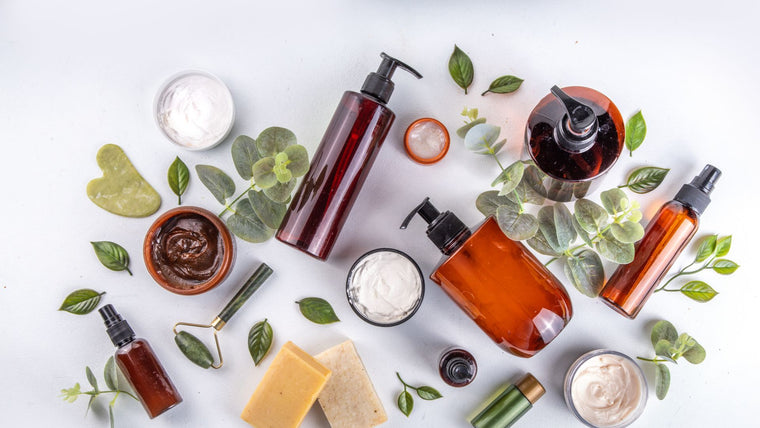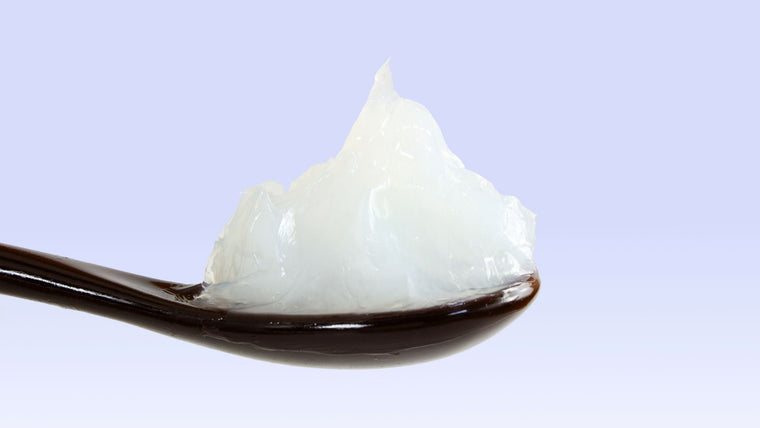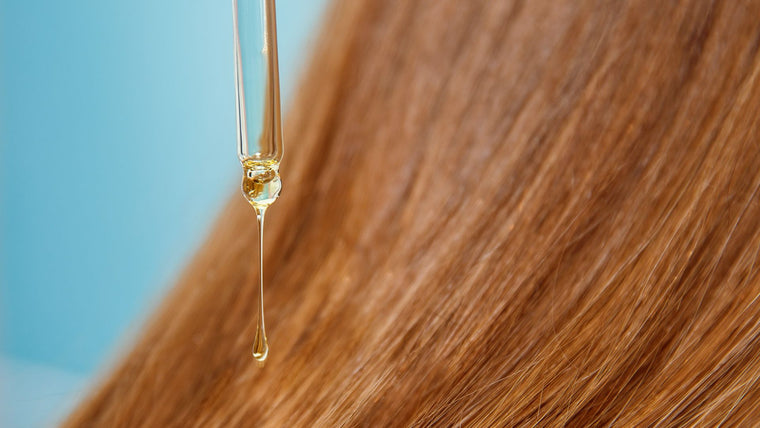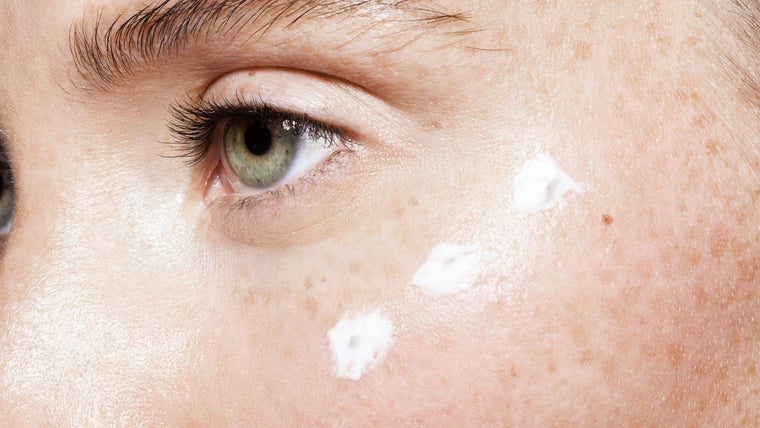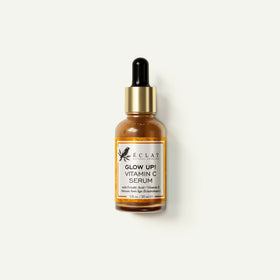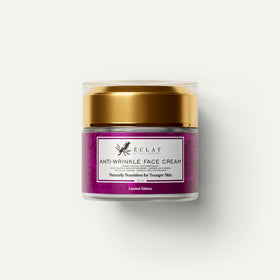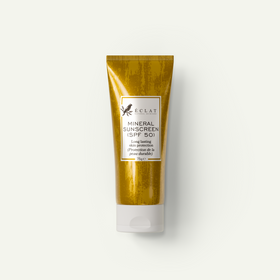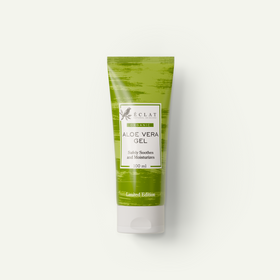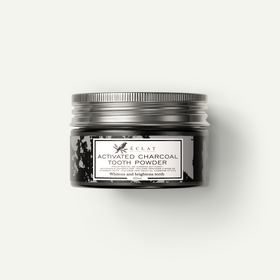Niacinamide vs Hyaluronic Acid: What's the Difference?
- 30/06/2023
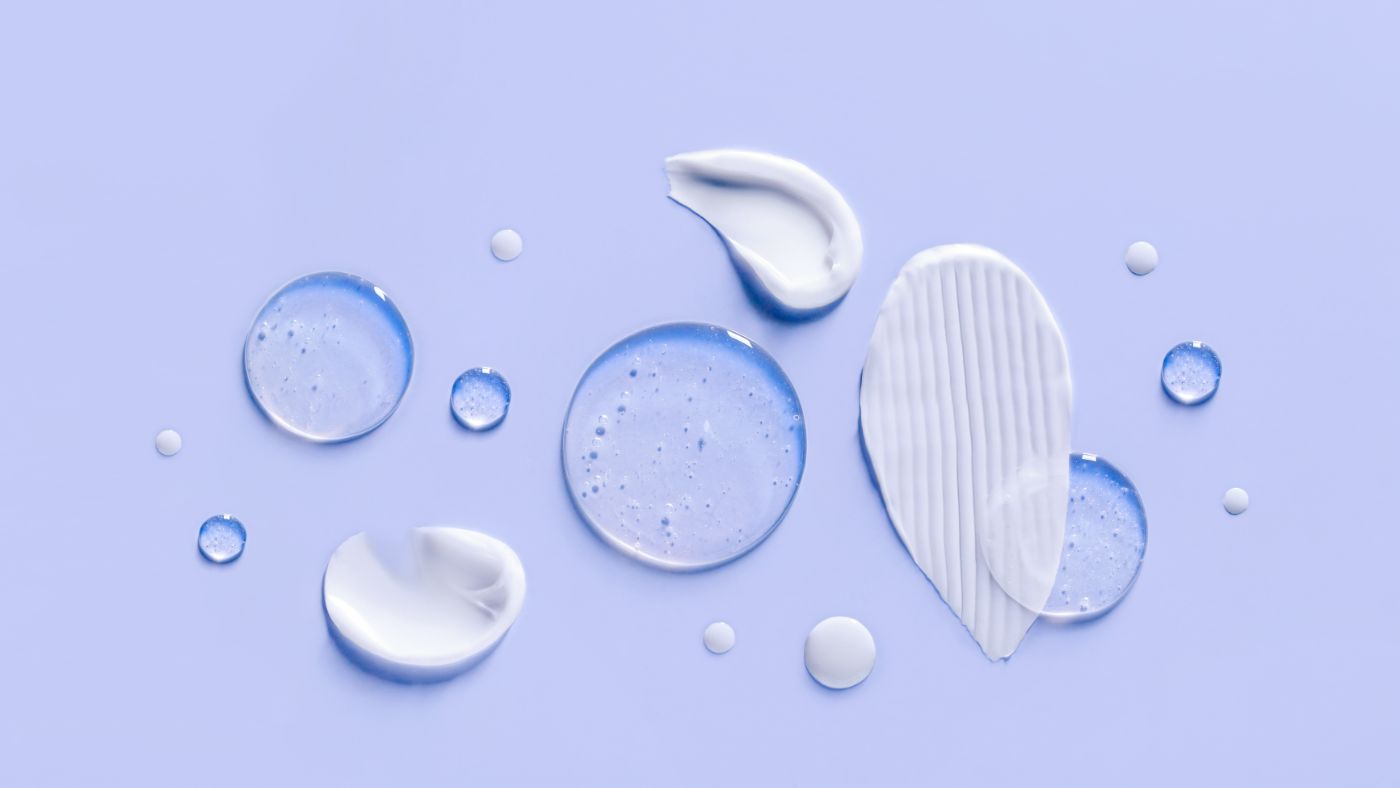
You've probably heard of niacinamide and hyaluronic acid before. They're heavy-hitting skincare ingredients that contribute to a healthy skin barrier so, if you're looking for a balanced, hydrated, radiant complexion, it's worth bookmarking these two.
Not sure how they work, or how to add them to your skincare routine? You're in luck, because we're about to spill all the details, and uncover the differences between niacinamide and hyaluronic acid.
What is niacinamide?
Niacinamide is a type of vitamin B3. This water-soluble vitamin is also known as nicotinamide, and it's often mixed up with niacin which, despite the similar name, is a different type of B3. Anyway, niacinamide is an essential nutrient that contributes to normal human body function when it's taken in food or supplement form. But when used in a skincare routine, it has a whole different crop of wow-worthy benefits.
If there's one thing niacinamide is great at, it's keeping your skin strong. It does this by building keratin—which creates a firm, youthful complexion—and by encouraging the development of ceramides. You may have seen ceramides slapped on the labels of many cult skincare products, and this is because they're great at keeping the skin barrier hydrated and balanced.

One key byproduct of a healthy lipid barrier is calmer skin. Niacinamide is well-known in beauty circles for its ability to treat acne—where it's often used alongside other blemish busters like salicylic acid—and to restore harmony to irritated, dry skin. Keep reading to find out how it can benefit your skin type.
Niacinamide's benefits for skin
-
Tackles breakouts and blotchiness: Niacinamide does a great job at reducing inflammation. Give it a go if you're looking to take down redness caused by eczema or acne.
-
Minimizes the appearance of pores: By purifying skin and making it more resistant to clogging grime and debris, niacinamide serum can help to reduce enlarged pores.
-
Regulates oil production: When you've used products that cause stripped, dehydrated skin, your skin will often try to fix things with excess sebum production. As niacinamide brings your skin barrier back into balance, it gives your sebaceous glands a break, so you can look forward to a more matte T-zone.
-
Reduces hyperpigmentation: Ready to put dark spots and discoloration in the past? In a clinical study, researchers found that niacinamide decreased skin hyperpigmentation over a 4-week period.
-
Protects against oxidative stress: As well as strengthening skin cells, niacinamide does double duty by protecting them too. It helps to keep skin shielded from external stressors like sunlight and pollution.
What is hyaluronic acid?
Out of hyaluronic acid and niacinamide, HA is better known. Why? Because it's one of the best things out there for keeping skin hydrated and fighting premature aging signs. Hyaluronic acid is also universally loved for working on all skin types.

Naturally produced by your body, hyaluronic acid is the most important glycosaminoglycan (a type of sugar compound) found in skin. If you're thinking, "Glyco... what?", don't fret! All you need to know is that it does wonders for thirsty skin, enhancing its ability to absorb moisture.
Hyaluronic acid is a humectant, meaning it keeps water molecules on the surface of the skin's barrier. It helps skin to retain moisture and, just like niacinamide, keeps your natural lipids in check and encourages collagen production. The best hyaluronic acid products out there will give you super smooth, supple skin.
Whether you have dry skin, aging skin, or are more on the sensitive or oily side, you'll want to make space in your routine for hyaluronic acid. Let's take a look at its benefits...
Hyaluronic acid's benefits for skin
-
Hydrates complexion: Applying hyaluronic acid to dry skin (or patchiness-prone combination skin) will keep much-needed moisture locked into the microbiome's outer layer. For even more of a hydration hit, why not apply a hyaluronic acid serum under a rich moisturizer?
-
Plumps skin: Another benefit of hyaluronic acid skincare products are their anti-aging effects—yep, these guys are really good at boosting collagen production. So if you want to reduce fine lines and wrinkles, let hyaluronic acid work its magic on your skin.
-
Restores radiance and creates an even skin tone: By removing dead skin cells and encouraging rejuvenation, hyaluronic acid helps to plump skin and create a youthful glow.
-
Calms acne-prone skin: Another thing that hyaluronic acid and niacinamide have in common is a knack for keeping your barrier lipids strong and healthy. As we learned earlier, this creates a calmer, less inflamed complexion—and fewer angry breakouts. Plus, if you're worried about acne scars, hyaluronic acid can help with those because of its collagen-boosting skills.
-
Balances sebum production: Good news if you have oily skin: there's a study to suggest that adding a hyaluronic acid product to your regimen can help to curb excess oil production.
Hyaluronic acid vs niacinamide: what's the difference?
Both niacinamide and hyaluronic acid keep your complexion happy by boosting skin hydration and maintaining a healthy cellular metabolism. These active ingredients can be used on all skin types, even sensitive skin.

That said, if you're looking to treat a specific skin concern, one of these ingredients may be more suitable than the other. If you have oily skin, or if zits are a common occurrence for you, a niacinamide will target your issues better. If keeping skin moisturized is your top priority, or if you're looking for a smoother skin texture, then you'll prefer a hyaluronic acid serum.
Can I use niacinamide and hyaluronic acid together?
Yes! When weighing up the benefits between niacinamide vs hyaluronic acid, you'll want to take your skin's needs into account. But there's no reason why you can't use them together to get the strong, hydrated skin of your dreams. In fact, these ingredients are often paired by dermatologists. They complement each other nicely—particularly in the fight against dehydration and premature skin aging—and are both gentle enough to be used on more sensitive skin types.

Niacinamide accelerates the production of ceramides, fatty acids and keratin, and also supports skin's connective tissues. Hyaluronic acid prevents transepidermal water loss (a.k.a. TEWL) and helps skin retain moisture. It's known to boost collagen production, which encourages a smoother skin texture—and the amino acids in collagen can help stamp out uneven skin tone.
Should I use niacinamide or hyaluronic acid first?
Layering products in your skincare routine can seem like a minefield sometimes but, luckily, when it comes to combining hyaluronic acid and niacinamide, it's not so tricky.
First, apply hyaluronic acid serum (because it's probably lighter than the niacinamide serum or cream you're using). Hyaluronic acid should be applied to damp skin.
Once your hyaluronic acid serum has soaked in and your skin no longer feels wet, add niacinamide.
After you've applied both hyaluronic acid and niacinamide, finish up with a layer of moisturizing cream or gel. It'll lock in all of the hydrating goodness. If you have sensitive or acne-prone skin, it's particularly important here to choose a moisturizer that's tailored to your skin type.
Our summary
Comparing hyaluronic acid and niacinamide isn't completely fair. They're both hard-working skincare ingredients that offer impressive benefits. So in the battle of hyaluronic acid vs niacinamide, there are two winners. Use them individually, or combine them for extra-hydrated skin.
Looking for inspo? Discover Éclat Hyaluronic Acid Serum and Niacinamide Serum.
Recommended Products


